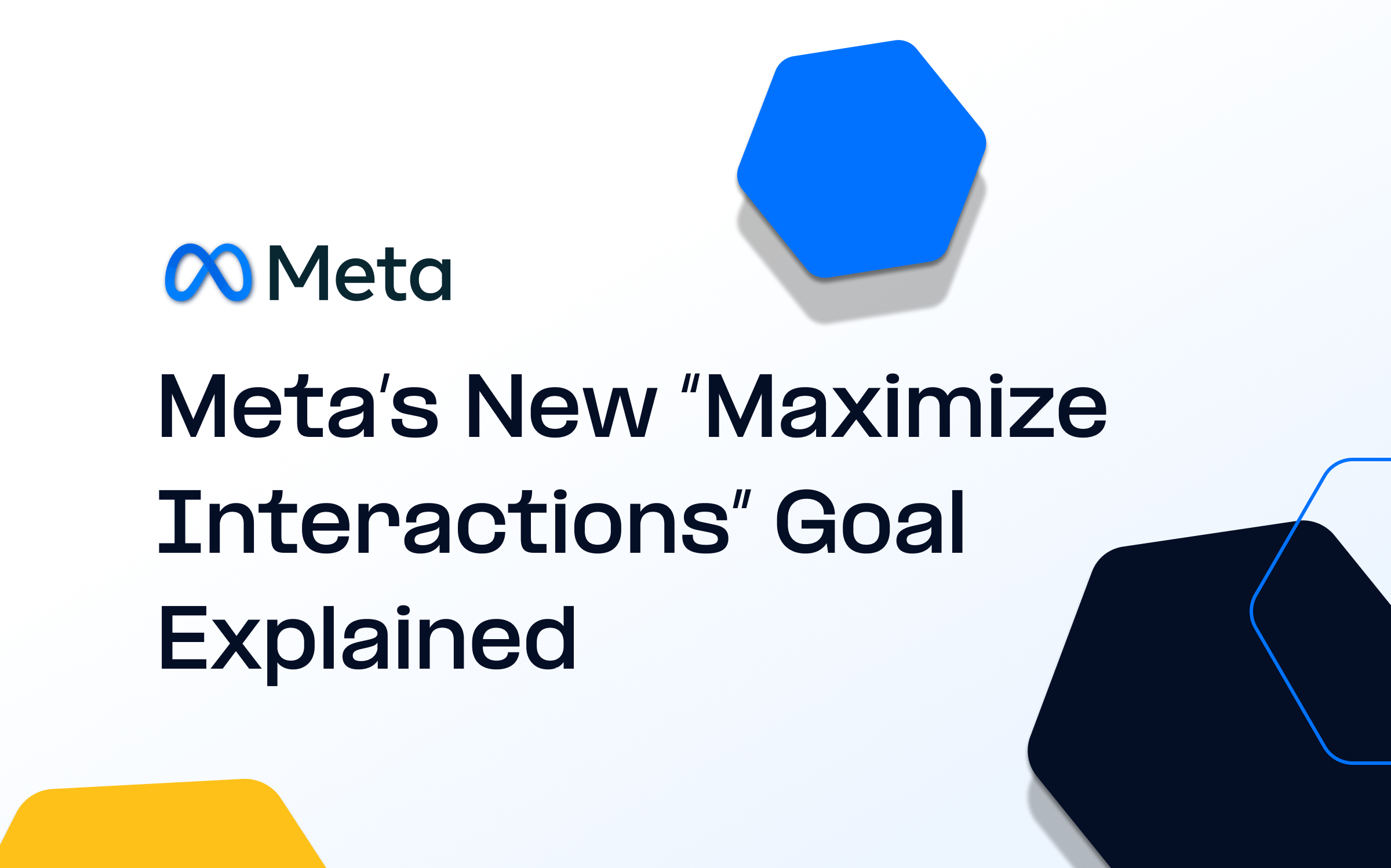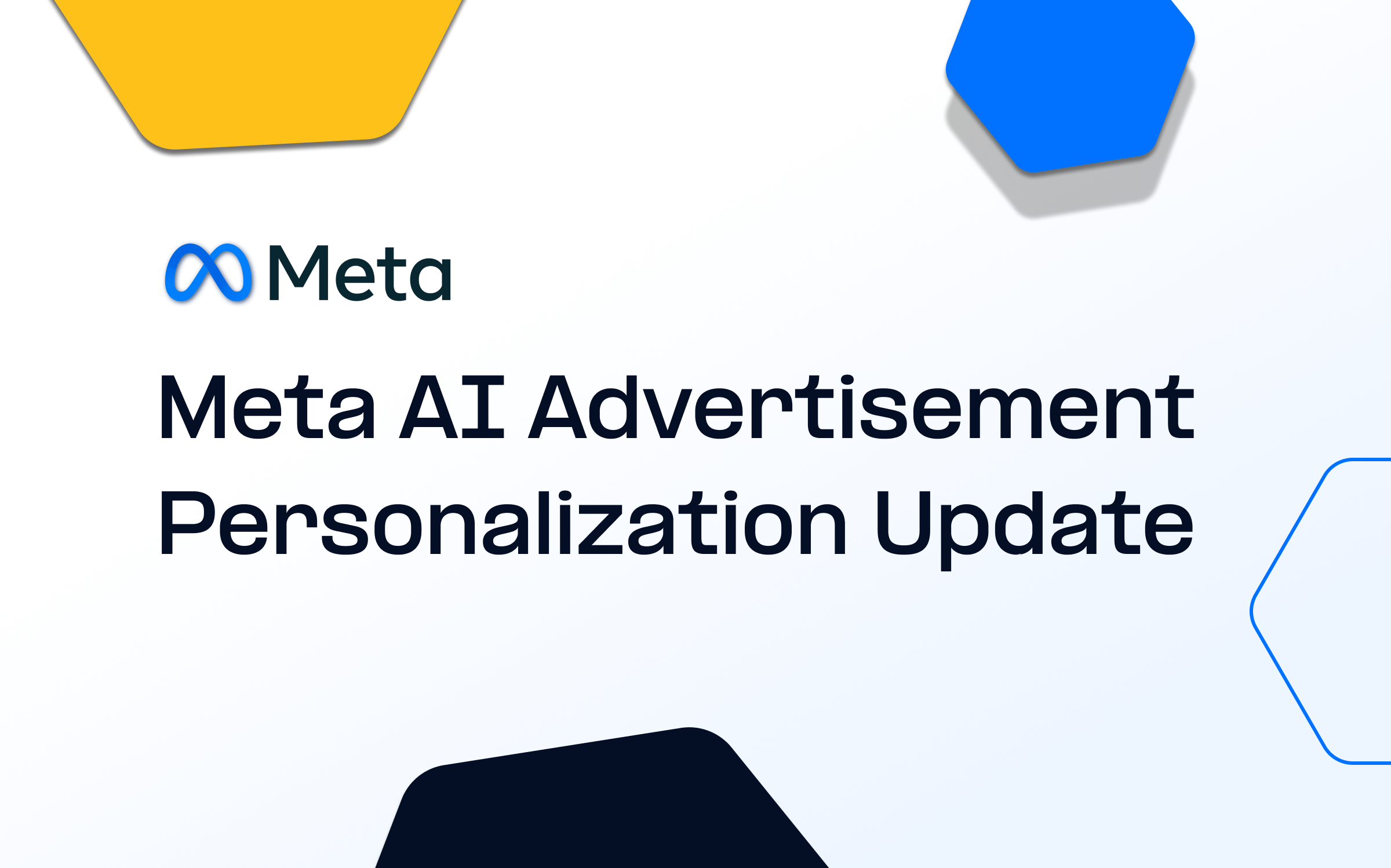The next shift in product discovery
Search is evolving, and it's evolving fast.
Shoppers are beginning to skip traditional search engines like Google and instead ask ChatGPT directly for recommendations. This transition from search to conversation marks the rise of agentic commerce, where AI agents not only suggest what to buy but also handle checkout, comparisons, and even transactions.
Shopify is already preparing for this future. Through its collaboration with OpenAI, features like “Buy with ChatGPT” allow shoppers to browse and purchase products directly within ChatGPT. It’s a seamless experience that blends discovery, conversation, and conversion in one flow.
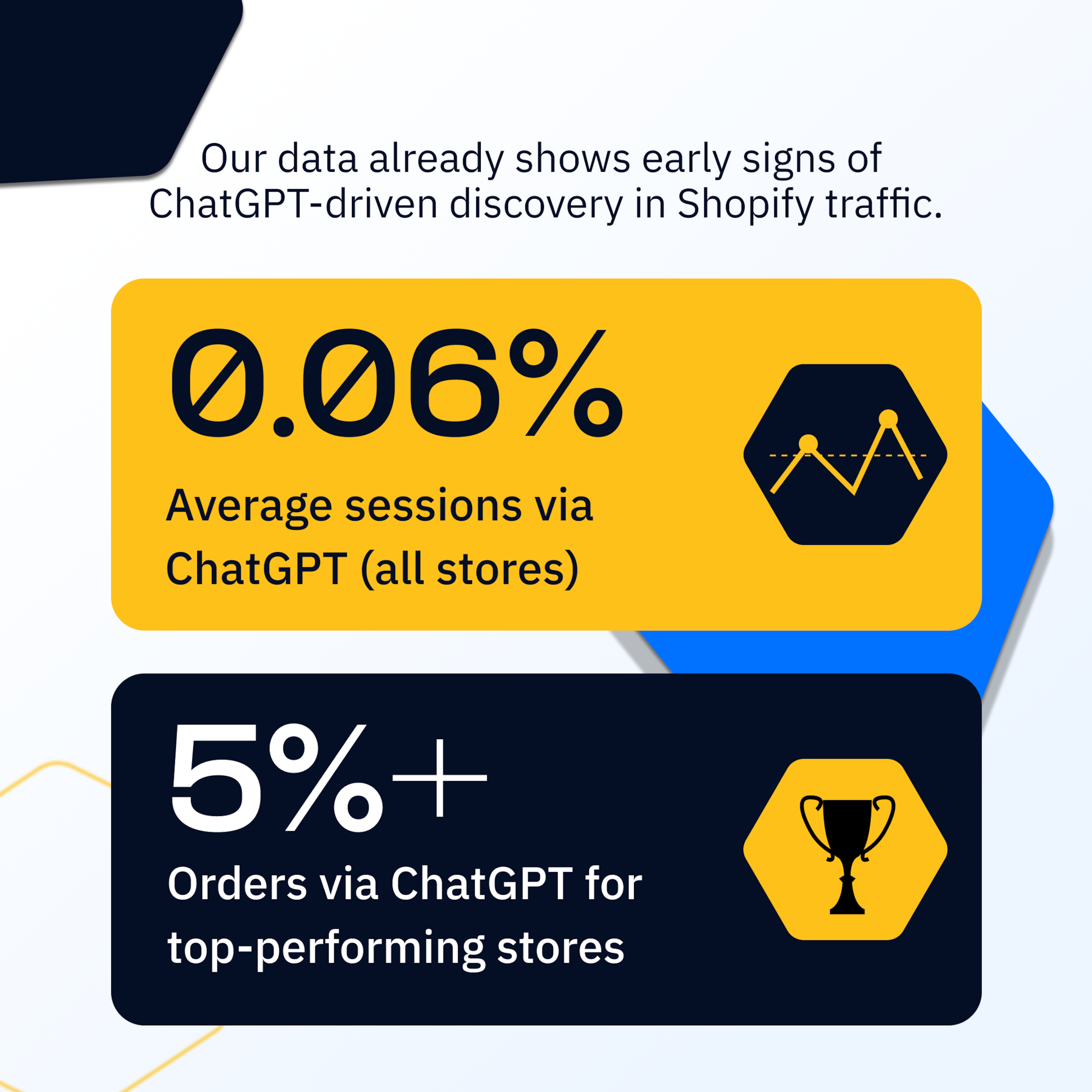
At Trackbee, we’re already seeing early signs of this in the data.
Across the Shopify merchants we track, ChatGPT-driven sessions currently represent around 0.06% of all traffic.
But for top-performing stores, ChatGPT already drives 5% or more of total orders.
That might seem small today, but so did TikTok traffic in 2019.
The next wave of discovery is clearly emerging, and it will reward stores with structured, accurate, and trustworthy data.
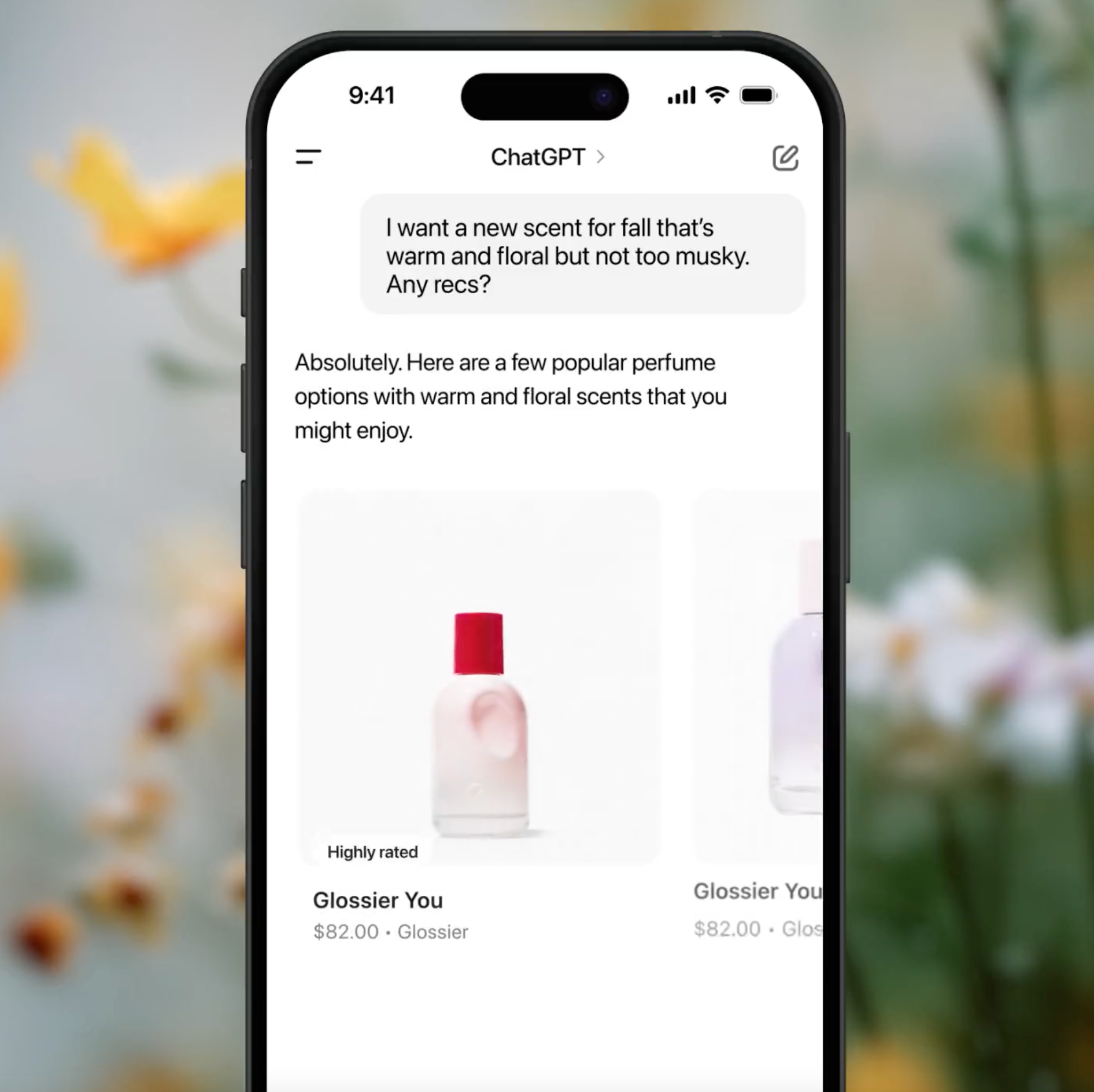
Understanding GPT-based discovery
When shoppers ask ChatGPT what to buy, the model doesn’t crawl the web like Google does.
Instead, it retrieves product data directly from connected commerce platforms, such as Shopify, through APIs and integrations like Shopify’s Catalog and “Buy with ChatGPT.”
Here’s how it works:
- ChatGPT acts as the shopping interface, where the customer interacts.
- Shopify’s Catalog API provides structured, verified product information (titles, descriptions, prices, stock, and images).
- Stripe powers checkout and payments behind the scenes.
This means your Shopify store’s structured data becomes the foundation of your visibility in ChatGPT.
The better your catalog quality and consistency, the more likely your products are to appear when someone asks ChatGPT for recommendations.
Step 1: Optimize your Shopify Catalog
Your Shopify Catalog is now your store’s backbone for AI visibility.
To appear in ChatGPT-driven discovery, your product data must be clean, structured, and up to date.
Make sure your catalog includes:
- SEO-friendly product descriptions that clearly describe features and benefits.
- Accurate pricing and stock levels.
- Consistent categories aligned with Google’s Product Taxonomy.
- GTINs, brand, and variant details filled in.
- High-quality, tagged product images.
Complete product details don’t just help ChatGPT: they also improve your visibility across commerce platforms like Google Shopping, Meta, and Pinterest.
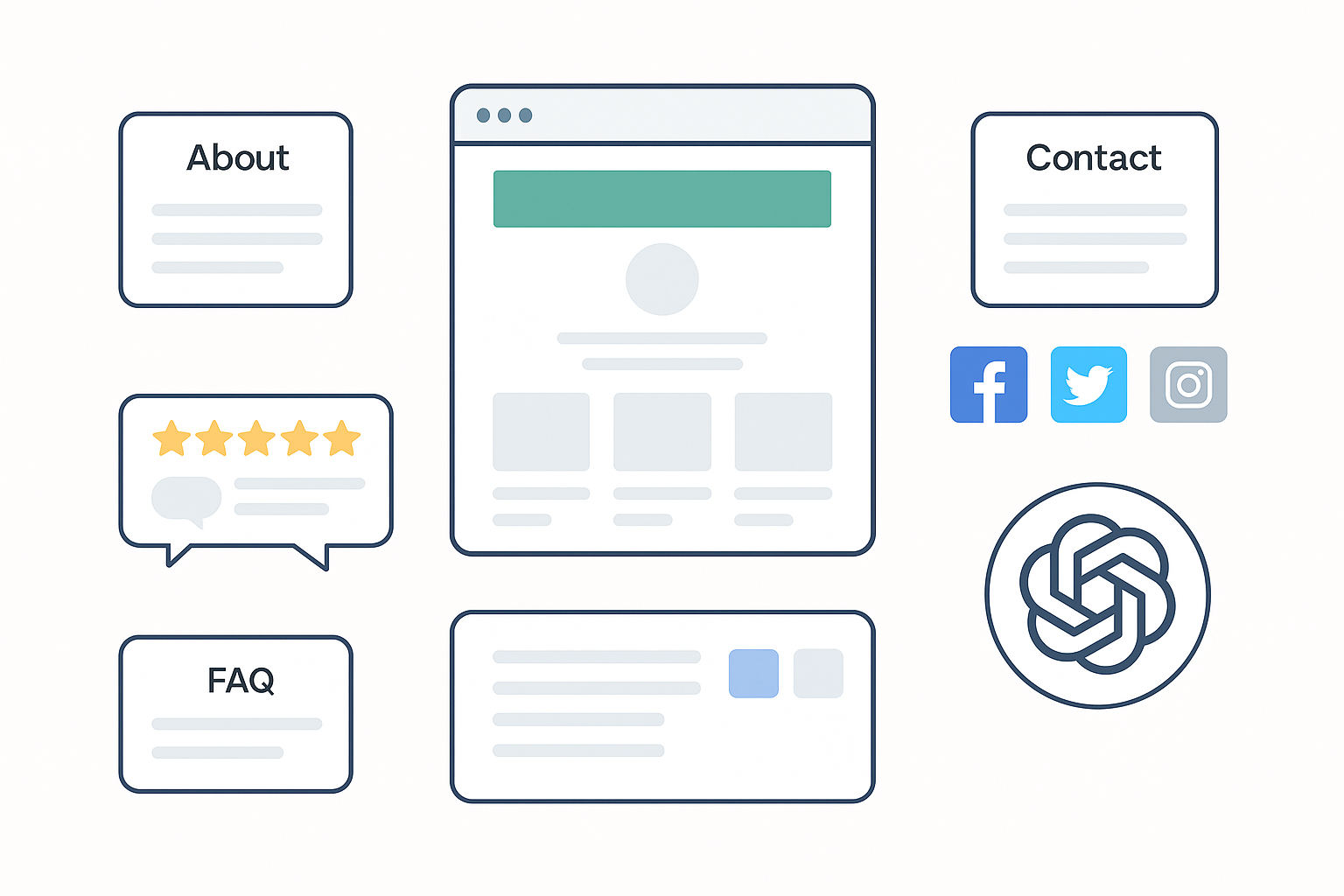
Step 2: Build brand trust for ChatGPT AI
AI systems don’t just show products, they recommend brands they trust.
Your goal is to make your brand AI-readable by providing clear, consistent information across your Shopify store.
Make sure your:
- About, Contact, and Policy pages are complete.
- Meta descriptions, homepage titles, and social links are aligned and accurate.
- Reviews and FAQs are visible and crawlable for transparency.
These trust signals help both shoppers and AI understand who you are and what you offer.
In the age of agentic commerce, a store that looks credible, both to humans and to algorithms, is the one that gets recommended.
Step 3: Keep your product feeds synced and consistent
Your product data doesn’t live only in Shopify.
It also flows to Google, Meta, Pinterest, TikTok, and other commerce platforms — and all of them influence how AI interprets your store.
To stay consistent:
- Automate updates for price, stock, and checkout availability.
- Keep the same titles, categories, and product descriptions across every channel.
- Use matching SKUs and GTINs in all feeds.
AI systems compare information from multiple platforms. If one source shows different pricing or availability, your store may be deprioritized in recommendations.
A seamless, synchronized data setup builds trust and ensures every system sees the same product story.

Step 4: Use the Shopify Knowledge Base app
While ChatGPT doesn’t use this app directly, you should.
Shopify’s Knowledge Base app helps merchants monitor how AI systems and shoppers interact with their store content.
It shows:
- How often your products appear in AI-driven queries.
- What questions users are asking about your brand or policies.
- Suggested FAQs you can add to strengthen your store’s visibility.
By acting on these insights, you make your store easier for AI systems to interpret, which improves future performance in ChatGPT-like experiences.
Step 5: Keep testing and iterating
Ranking in ChatGPT and AI discovery tools isn’t something you set once, it’s continuous optimization.
Just like SEO, it requires monitoring, testing, and refining your store’s data.
Best practices:
- Ask ChatGPT how your products appear.
- Update your Shopify Catalog regularly.
- Review Knowledge Base insights monthly.
- Track traffic changes from AI-driven sources.
This ongoing process ensures your store keeps pace as AI commerce evolves.
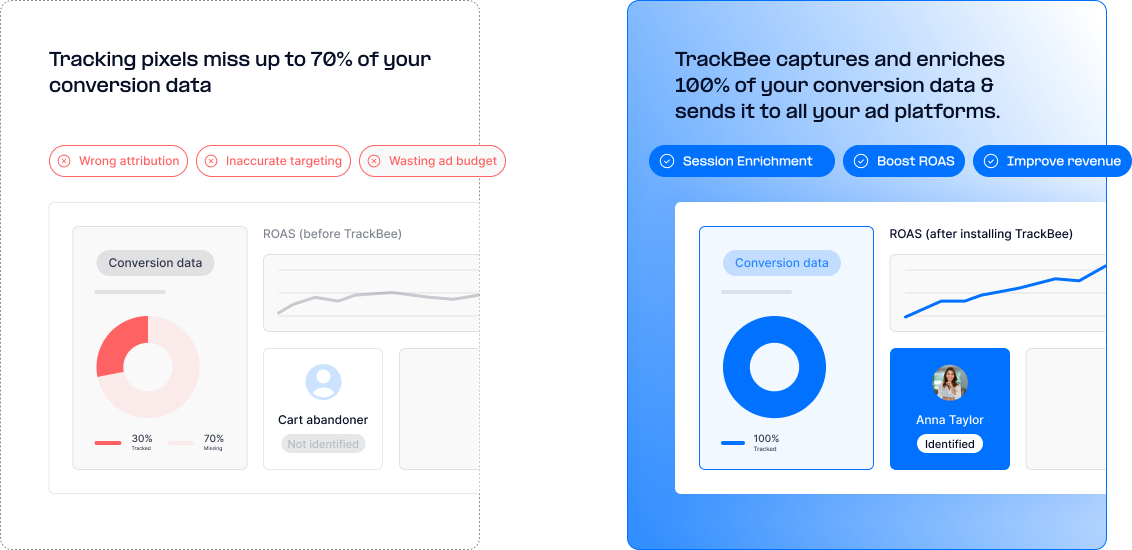
Why better tracking data still matters
Even with a perfect Shopify setup, your performance depends on one thing: accurate data.
That’s where TrackBee gives Shopify merchants a lasting advantage.
TrackBee captures every event, from product views to checkout, using server-side tracking.
This ensures your store data stays complete and reliable, even when browsers or ad blockers get in the way.
Here’s what that means in practice:
- Your conversion and product data stay consistent across Google, Meta, TikTok, and Pinterest.
- You can connect shopper behavior to marketing performance seamlessly.
- Your marketing platforms learn faster, leading to more efficient ad spend and better targeting.
Better data doesn’t just improve reporting, it powers smarter optimization across every algorithm that drives your business.
So while ChatGPT might change how shoppers discover your brand, TrackBee makes sure the data behind your growth is solid, across all channels that turn visibility into actual performance.

The stores that prepare early will lead
ChatGPT AI is quickly becoming more than a chatbot, it’s a discovery engine.
Shopify’s integration with ChatGPT marks the start of conversational commerce at scale.
As this agentic commerce era expands, visibility will depend on one thing: the quality and consistency of your data.
The Shopify merchants who optimize their catalogs, feeds, and tracking now will lead when AI shopping becomes mainstream.


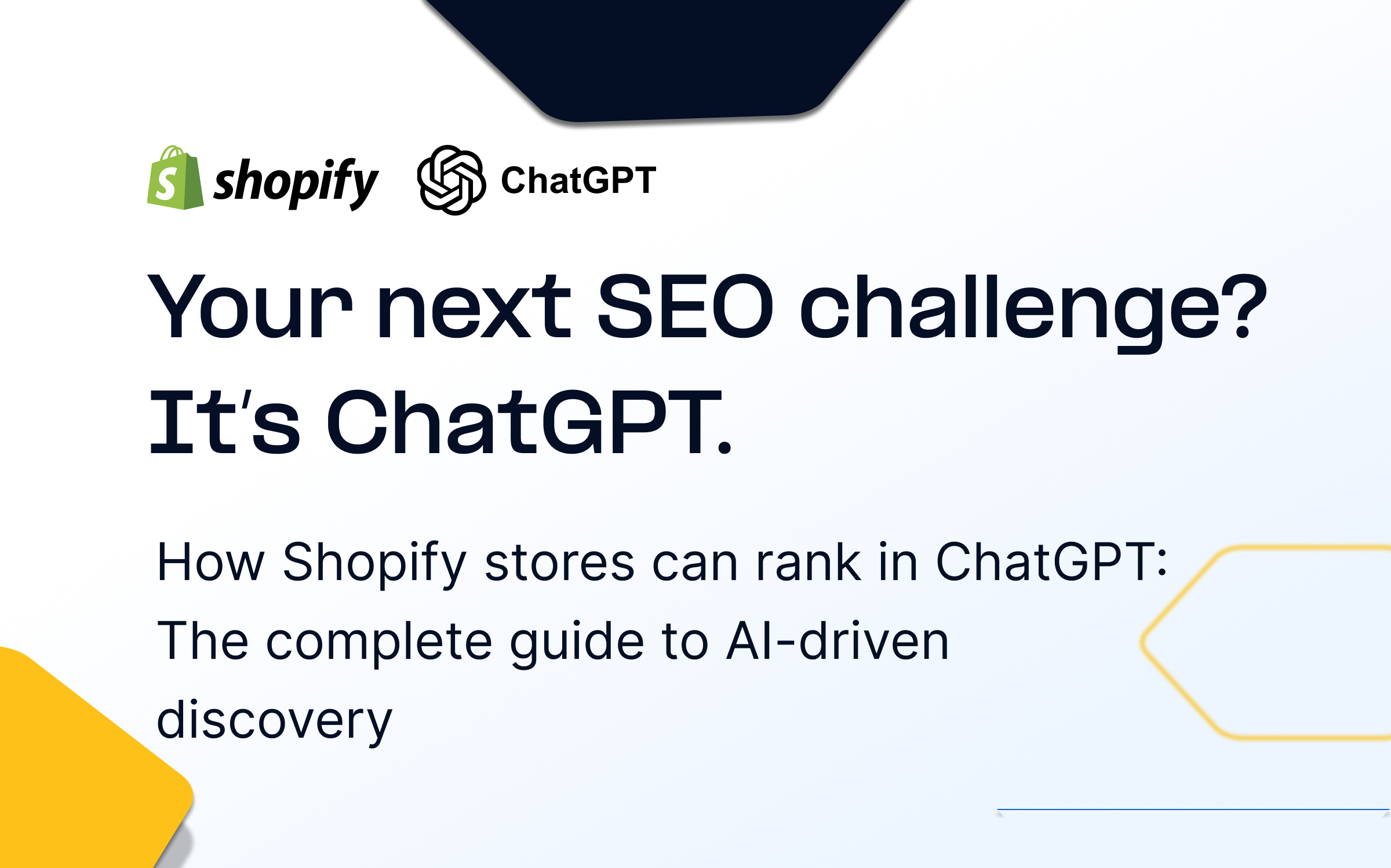





.png)
